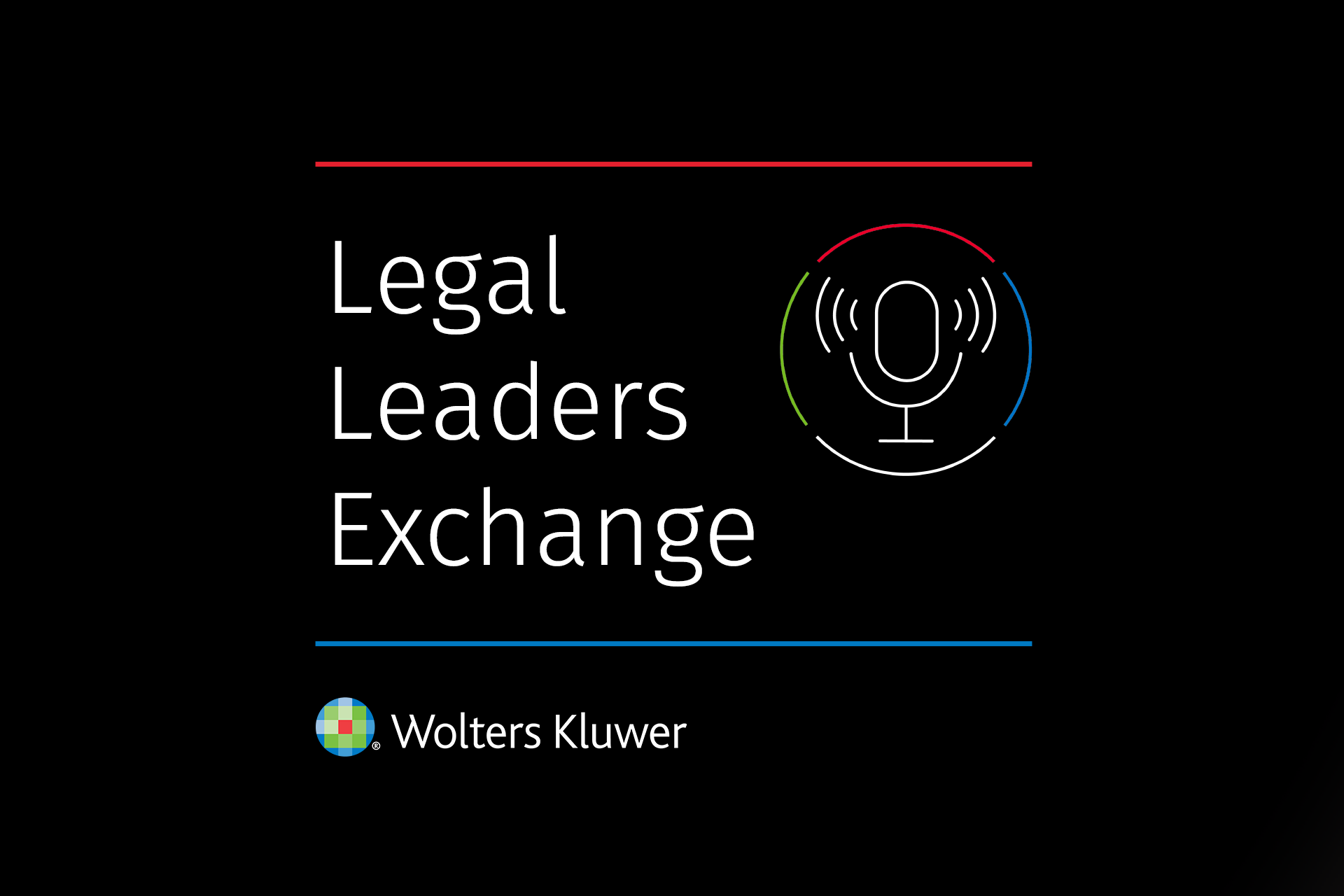Companies in the life sciences industry are under pressure. Compliance needs, IP litigation, supply chain issues, and other forces come together to create economic headwinds that can be difficult to predict. Meanwhile, legal operations and IP teams are expected to use their large data stores to gain insights for strategic business decisions about legal spend and budgeting.
In this landscape, manual processes for managing legal ops are insufficient. When it comes to wrangling complexity and making every dollar count, though, the right technology makes all the difference. Innovative tools can help forward-looking corporate legal departments (CLDs) ease the burden of spend management while contributing strategically to the organization writ large.
With that in mind, here are three areas legal ops professionals at life sciences companies should modernize to ensure their spend management capabilities are up to par.
Billing guidelines
For far too many CLDs, managing billing guidelines entails handing an attorney a large stack of invoices to review—an outdated methodology that is both time-consuming and mistake-ridden. Common billing issues, such as duplicate line items and block billings, can cost legal departments millions of dollars a year, which life sciences companies cannot afford in the current landscape. Some departments think they’re on top of billing compliance simply because they have an e-billing system in place. But as the pace of change accelerates and the pressure to control spend grows, CLDs need to implement artificial intelligence (AI) to supercharge bill review.
Most CLDs understand the importance of billing guidelines in principle. But while over 80% of CLDs provide guidelines to outside counsel, less than two-thirds regularly enforce them. That’s where AI comes in. In addition to scanning for irregularities and violations, AI can flag trends that indicate budget overruns or lost revenue, while also predicting the cost of specific matters and firms. Plus, relying on AI to enforce billing guidelines frees up attorneys for higher-value tasks, which can improve legal outcomes.
Visibility
Another key component of spend management is visibility. CLDs must be able to see precisely where their budget is going. Without detailed visibility into spend, timekeeper hours and rates, budget forecasts, and KPIs, CLDs won’t be able to weather change and support the business as well as they should. Full visibility requires centralizing invoices and consolidating reports from disparate systems. For example, if a CLD is still receiving paper invoices, AI should be used to digitize them or convert them to PDFs before sending them to a centralized location accessible to anyone who needs them. Centralizing data access can help teams make better decisions about resource allocation, staffing, fee arrangements, and more.
Complete visibility is so important because it lays the foundation for data-driven analysis that can help CLDs and law firms become mutually successful. For instance, CLDs can collect bids from different firms about pricing, matter management plans, and more. This data can help CLDs ensure they choose the right law firm at the right rate.
Data can also help CLDs communicate clearly and accurately with the C-suite. Life sciences companies must juggle a wide range of projects and regulations, which cannot be done effectively if reporting is siloed by region or market. They need a system that can integrate seamlessly with various platforms and combine disparate data and reports into a single view. This breeds actionable insights and allows CLDs to easily share pertinent information proactively with higher-ups.
Vendor management
Soliciting RFPs for firms and asking them to submit competitive bids is a great way to gauge potential costs and improve outside counsel selection. Firms can be asked to submit strategic and staffing plans, their pricing structures, and more before a single matter is touched. CLDs can base their decisions about which firms to use on the answers provided in the RFPs.
Engaging early with outside counsel in this manner can also help both CLDs and outside counsel form stronger relationships right out of the gate. CLDs can articulate expectations around billing guidelines, goals and priorities, pricing, and so forth. Meanwhile, firms will have a better understanding of what’s expected of them so they can target their performance against established goals. Both parties will have measurable metrics they can use to gauge the success of the relationship as it progresses.
The time is now for CLDs at life sciences companies to modernize their spend management capabilities to address current pressures and prepare for the changes that lie ahead. Digital transformation in legal ops will help to fortify data-driven decision-making and streamline workflows to lower costs and support the core mission of R&D innovation.
To learn more about how to improve spend management, download our whitepaper, Innovations for legal operations efficiencies in the life sciences industry.





